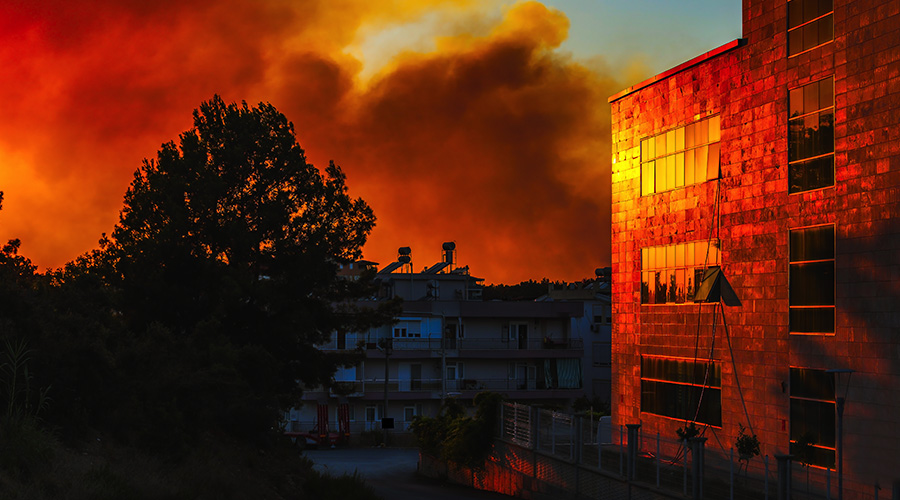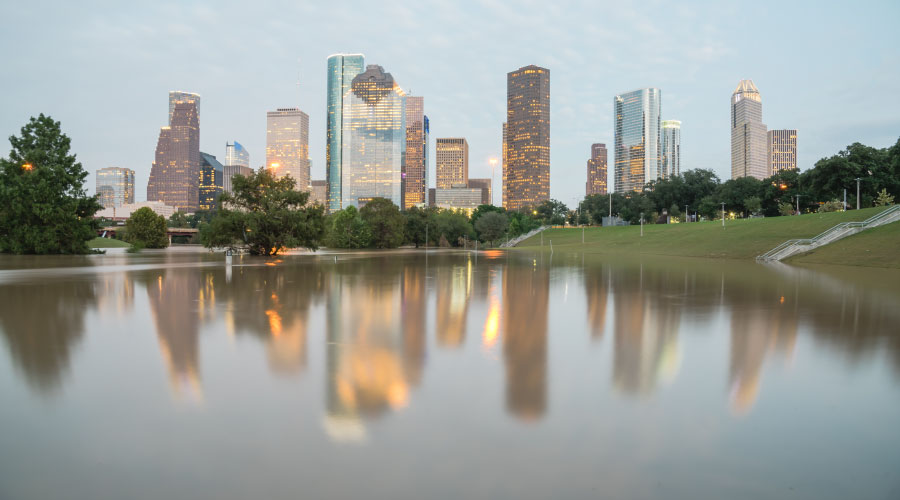Khobar Towers Attack Proved Need for Mass Notification
For better or worse, the world is a different place now than it was 20 or even 10 years ago. Facility executives know too well that threats are more varied and complex than they have ever been, ranging from fires to weather emergencies to intruder scenarios to chemical spills to terrorist attacks that may be explosive, chemical, biological, or even nuclear in nature. This transformation has sparked an industry in the area of emergency mass notification systems. Its impetus: The recognition that when the worst happens, dispersing information widely and quickly to occupants saves lives.
The headlines behind mass notification’s rapid ascent up facility executives’ priority lists are familiar: A series of campus shootings. Acts of domestic terrorism. And, of course, 9/11. One early, but pivotal, event was the 1996 terrorist bombing of the Khobar Towers military housing facility in Saudi Arabia. In this incident, an Air Force sergeant stationed nearby grew suspicious of activity near the building just before the attack and was able to call for the evacuation of several floors. However, not all of the building’s occupants received the alert in time; the attack killed 19 American servicemen and one Saudi, and injured nearly 400 people of many nationalities.
“The post-incident investigation following the attack at Khobar Towers revealed that they could have reduced casualties if they had had a way to talk to people, not only inside but also outside the building,” says William Sako, senior vice president with Rolf Jensen & Associates, Inc. and chairman of the board of Sako & Associates, Inc.
Since that time, mass notification technologies have expanded far beyond military applications, presenting facility executives today with a varied assortment of options that range from more traditional alarms and voice-delivery systems to scrolling signs, distributed text messaging systems and beyond. And, at least for now, this expanding universe is almost entirely unregulated.
“Currently, you’ve got a lot of systems being installed, but no governing body telling anyone what should be installed or how to do it,” says Mark Suski, senior consultant with Schirmer Engineering, an Aon Global company. “It is time for that to change.”
Related Topics:













